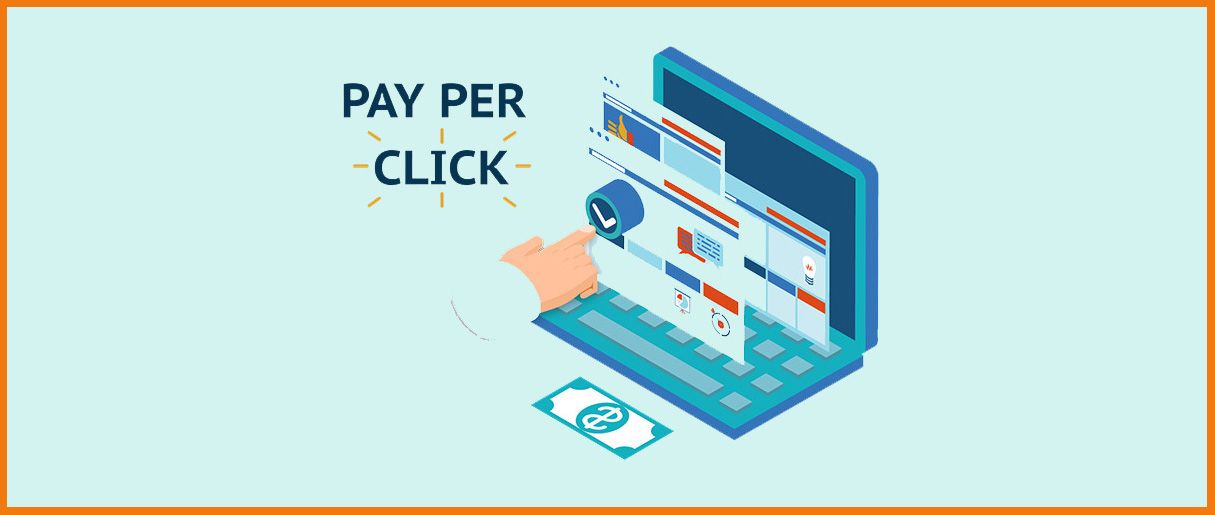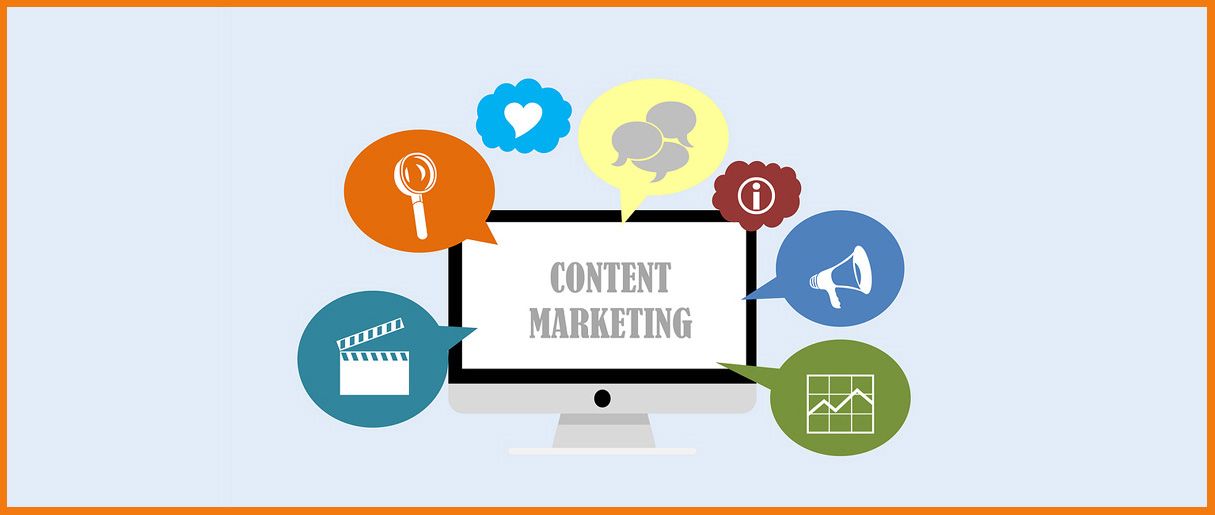Email marketing helps you not only to promote the brand or launch a new product but build a relationship with your customers and convert them into loyal customers. Email marketing is the primary method for promotion. But you need to find out how to create an email list. To collect emails for your business, you have to make some strategy. People are not going to come to you and give their email addresses themselves. Here are tips on how to build an email list and free email listing tools.
Email list building is an important element of a successful marketing strategy regardless of type of business you operate. With this list, you can share your story, promote your business, and showcase your products. There are many ways you can build an email list. This post covers some ways you can get more email subscribers and email service tips to improve their experience which will motivate them to share your content with others and ultimately, generate leads for you.
How to Build Your Email List
Tools for Email List Building
How to Build Your Email List
1. Just Ask
You can just ask people to subscribe to your newsletter. Most of the people who loved your content will subscribe to you. For this, you can share some of your best content. If they like the content, they will subscribe to your newsletter resulting into fast email list building for free.
2. Make it Easier
If you ask for more than the needed information, people are going to doubt you for sure. Furthermore, the super lazy people, like me, will just hit the back button immediately when they will see an email form with many fields. So, just ask for their emails and if needed, their opinion about the content.
3. Exhibit in Trade Shows

Exhibit your company in trade shows. Ask people personally to subscribe to your newsletter after telling them about your website. You can use a paper and pen, or get a tablet to let them directly subscribe to your newsletter online. In fact, 81% of people who attend trade shows are influential people of a company and have buying authority. If you have a B2B business, you can generate leads targeting those people with email marketing.
4. Discount
Everyone loves discounts! You can give free products or a discount on your products if someone subscribes to your newsletter. In this way, you can know who is your potential customer and who’s not. You can then advertise your products to the target customers. Make sure you organize the email list you made after providing the benefits.
5. Facebook Ads
Facebook is the biggest advertising platform after Google for targeted email lists. You can advertise your website on Facebook and ask people to subscribe to your newsletter. Moreover, you can add a CTA button on your professional Facebook profile.
6. Guest Blog
You can write a blog for some other website as a guest. Put the CTA of subscribing to your newsletter, in your details. Also, don’t forget to mention your website there in the article.
7. Host Webinars
The best thing about the webinar is that people have to sign up before entering it. So, you can collect many emails at once with the help of just one webinar.
8. Include Sharing Link
Provide “Forward to a friend” link at the end of your emails. Your customers are the best marketing team you can have. If your content is good enough, there high chances that they’ll forward it to their friends and colleagues.
9. Categorize
Categorize your email list according to people’s needs. You can then send them all different emails so that every subscriber gets what they want.
10. A/B Testing
A/B Testing is to check 2 different versions of anything to see which one is the best. A/B test different signup forms to know which will be the most optimised for your website. Analyze and decide what works best for your website.

11. Birthday Wishes
Birthday is the most special day for anyone. Whenever we get an unexpected birthday wish, it becomes more special. So, send special birthday emails to your subscribers if you have their data. Don’t market any of your products in that email, it will have bad impression on people.
12. Create a contest

Many people love to participate in a competition and get rewarded for it. Taking advantage of this scenario you can organize a competition and ask them to subscribe to the newsletter. Winner will, of course, get some prize and you will be getting numbers of email subscribers to add on the email list.
13. A signup form
Popup signup forms still works very well. Add some discount vouchers or offers to lure people to fill the form out. This way good numbers of potential customers will be added on the list.

Tools for Email Building
Now, we have various ways to create an email list but the tools make everything easier. Hence here are few tools to build an email list for your business-
Tinyletter
If you are looking for how to grow your email list, Tinyletter is a tool which is used to write a quick email newsletter. It is a completely free tool and provide 5,000 free emails to its users.
Emailoctopus
It allows to send 1000 free email for a month and then charges minimal fees to send more emails. It uses Amazon SES (Simple Email Service) to send the emails. Emailoctopus also lets the creator choose the design, content, and statistics of the emails. It allows 62,000 emails per month to upto 2500 people.
Benchmark Mail
This app allows creating newsletters in dozens of languages, for the reader to read it everywhere they want. It comes with options like easy to edit, color-driven templates and drag-and-drop sections for the mails. It allows sending up to 7 emails a month to 2,000 people.
Mailchimp
It is one of the most popular email newsletter apps to create a newsletter. Its free plan includes landing page builder, form tool, marketing automation and A/B testing. It allows 6 mails per month to 2,000 subscribers.
Revue
Revue is an editorial newsletter tool for writers and publishers. Revue allows to create emails from curated content. It allows sending unlimited emails to 50 people.

Conclusion
The email list is a crucial part for any online business. You cannot just rely on paid advertisements for marketing. You need your channel to become a brand. But collecting emails and building an email list not as easy as it seems, neither its impossible. Furthermore, you might get an already built email list in exchange of some bucks from the black markets, but it will never worth it. The email list you build will be the people who will be already aware of your product, but the list you will buy will be just some random people who will blacklist your emails. Therefore, do your best in building a good email list and create good content for your audience.
If you know more ways to gather emails, please share with us in the comment.

































